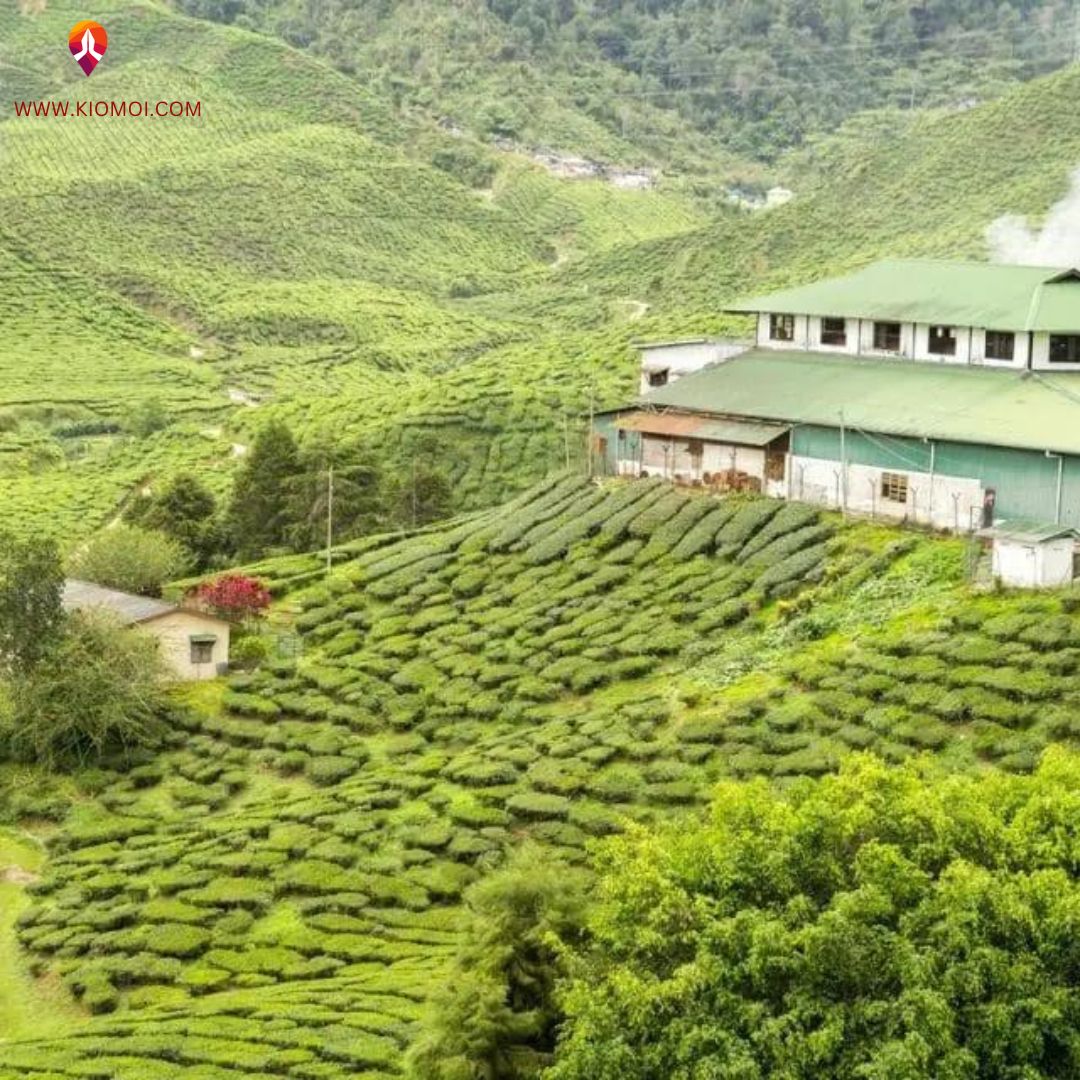
Munnar is a picturesque hill station in Kerala’s Western Ghats. IT is a year-round destination celebrated for its lush tea plantations, misty hills, and serene landscapes. However, the best time to visit Munnar depends on what you seek from your travel experience. Whether you’re looking for perfect weather, fewer crowds, or a vibrant natural spectacle, understanding Munnar’s seasons can help you plan an unforgettable trip. This comprehensive guide explores the best times to visit in Munnar, focusing on the peak tourist season and the monsoon magic.
Peak Tourist Season: December to February
Pleasant Weather for Outdoor Activities
The peak tourist season in Munnar spans from December to February, offering some of the most favourable weather conditions for exploring the hill station. During these months, Munnar experiences cool, crisp temperatures that range from 10°C to 20°C (50°F to 68°F). This pleasant weather is ideal for outdoor activities such as trekking, boating, and sightseeing. The clear skies and moderate temperatures make it comfortable to explore Munnar’s lush tea estates, dense forests, and scenic viewpoints.
Ideal Conditions for Sightseeing
The peak season’s clear weather enhances the visual appeal of Munnar’s stunning landscapes. The lush green tea plantations, mist-covered hills, and vibrant flora are at their most photogenic. Popular attractions such as Mattupetty Dam, Eravikulam National Park, and Top Station benefit from unobstructed views and excellent visibility. This time of year is perfect for capturing breathtaking photographs and enjoying panoramic vistas of the Western Ghats.
Vibrant Local Festivals and Activities
December to February is also when Munnar hosts various local festivals and cultural events. The festive atmosphere adds a unique charm to your visit. The Winter Carnival, held in December, features traditional music, dance, and local crafts. This period is also marked by a range of cultural activities and events that provide a deeper insight into the region’s heritage. Engaging in these festivals offers a chance to experience Munnar’s vibrant local culture and traditions.
Advance Booking Recommended
Given that this is the peak tourist season, Munnar can get crowded, especially during holidays and long weekends. It’s advisable to book accommodations and activities well in advance to secure the best options and avoid last-minute inconveniences. Early planning ensures that you have a comfortable stay and can participate in your preferred activities without any hitches.
Monsoon Season: June to September
Rejuvenated Landscapes and Fewer Crowds
For those who appreciate the natural rejuvenation that comes with the monsoon rains, visiting Munnar during the monsoon season from June to September offers a different yet equally captivating experience. The region receives heavy rainfall during this period, which revitalises the lush greenery and tea plantations, making them look more vibrant and lush. The rain-washed landscapes are particularly appealing to nature enthusiasts and photographers.
Tranquil and Intimate Experience
The monsoon season sees fewer tourists compared to the peak season, providing a more tranquil and intimate experience. The reduced crowds allow for a peaceful exploration of Munnar’s attractions. You can enjoy a leisurely stroll through the tea estates, take serene boat rides on Kundala Lake, or explore Eravikulam National Park without the usual hustle and bustle.
Dramatic Natural Beauty
The monsoon rains bring out the dramatic beauty of Munnar’s natural landscapes. The waterfalls, such as Attukal Waterfalls, are at their most spectacular, cascading with full force and creating stunning natural displays. The misty hills and lush green scenery offer a unique and refreshing perspective of Munnar’s beauty.
Prepare for Rain and Landslides
While the monsoon season offers its own charm, it’s essential to be prepared for the associated challenges. Heavy rainfall can lead to slippery roads and occasional landslides, which may affect travel plans. It’s crucial to check weather conditions and road status before embarking on your journey. Pack appropriate rain gear, such as waterproof jackets and sturdy footwear, to stay comfortable during your visit.
Off-Season: March to May
Warmer Temperatures and Lesser Crowds
March to May is considered the off-season in Munnar due to warmer temperatures, which range from 20°C to 35°C (68°F to 95°F). The weather can be relatively hot compared to the peak and monsoon seasons. However, this period also brings fewer tourists, offering a quieter experience. The lower crowds mean you can enjoy the attractions without the usual hustle and bustle.
Enjoying Munnar’s Summer Attractions
Despite the warmer temperatures, Munnar’s altitude ensures that the climate remains relatively cooler than other parts of India. You can still enjoy the region’s attractions, including the tea gardens, dam sites, and parks. The cooler mornings and evenings provide a pleasant respite from the daytime heat, making it possible to engage in outdoor activities during these times.
Higher Availability and Lower Costs
Travelling during the off-season can be advantageous in terms of accommodation and travel costs. Hotels and resorts often offer discounts and special rates during this period. Additionally, with fewer tourists, you may find it easier to secure reservations and enjoy a more personalised experience.
Conclusion
Choosing the best time to visit Munnar largely depends on what you want to experience. The peak tourist season from December to February offers pleasant weather, vibrant festivals, and stunning views, making it ideal for outdoor activities and sightseeing. On the other hand, the monsoon season from June to September provides a chance to witness the region’s lush landscapes and enjoy a quieter, more intimate visit. Each season offers unique advantages, so consider your preferences and plan your trip accordingly to make the most of Munnar’s enchanting beauty.








Профессиональный сервисный центр по ремонту бытовой техники с выездом на дом.
Мы предлагаем:ремонт бытовой техники в мск
Наши мастера оперативно устранят неисправности вашего устройства в сервисе или с выездом на дом!